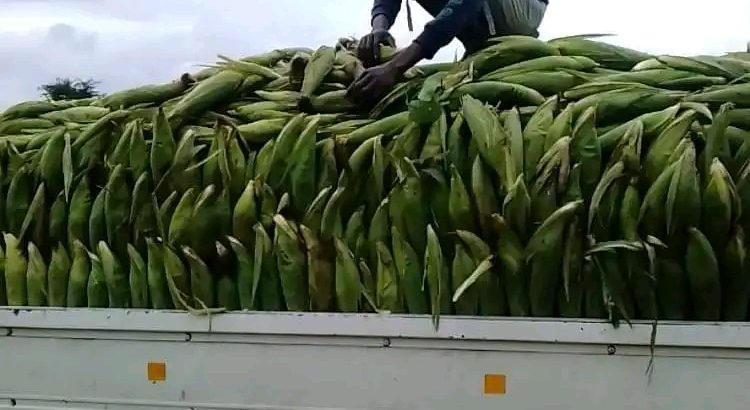Smallholder farmers in Chiredzi district are cashing in big with green mealies, a product which is being produced at a relatively low cost and in rotation with chilli and sugar bean. The fresh cobs produced by smallholder irrigation farmers at Ruware, Nyangambe and Tokwane-Ngundu irrigation schemes have attracted buyers from as far as Bulawayo and Gweru, guaranteeing farmers a ready market for the produce.
Soils
Soil testing is important for achieving best results. It helps establish the available nutrients and the remedial steps that need to be undertaken in case of deficiencies. It is also critical to carryout soil analysis to determine the acidity and alkalinity (pH) of the soil. This is because soil pH determines the availability of nutrients in the soil. Maize grow best at a soil pH between 5.5 and 7.3, with pH 6.0 and 6.5 being optimal. A low pH should be corrected by liming, and the use of appropriate liming agents (dolomitic or calcitic lime) is recommended as this enhances fertiliser use efficiency. Generally, the ideal soil for maize has a clay content of between 10% and 30%.
Seed selection
In Zimbabwe, the main supplier of tested seed is Seed Co, and the varieties that are favourable for the green mealies business include SC727 and SC719-late white hybrids (popularly dubbed Cassa Banana on the green mealie market), SC608 a yellow medium maturing hybrid, with a difference (dubbed Fire Cracker on the green mealie market). SC637 (famously called Torai Mari) and SC533 are the other options in the medium and early white maturity groups. SC403 is generally favoured for its sizable cob, deep white kernels and a good shelf life.
Planting and plant population
The recommended inter-row space with one seed per hole is 90cm and 23-27cm intra-row, which gives a population of up to 48 000 plants per hectare. With two seeds per hole, a spacing of 75cm by 25cm is recommended. The depth of planting should be uniform to allow uniform germination and growth.
Fertilizers
Fertilizer requirements are basically informed by soil tests. However, the general recommendation for fertilisers is; Compound D {7:14:7} basal dressing (400kg/ha) at planting and top dressing (350-400kg/ha) at 4 weeks after emergence using Ammonium Nitrate or Urea. Organic fertilizers are also applicable, in relation to the soil nutrient requirements. It is important to top dress after 25 to 30 days of sowing and do the final top dressing after 20-25 days of first top dressing.
Weed and pest control
For large scale production, chemical methods of weed control are advantageous. There are pre-and post-emergency chemicals that can be used in dealing with weeds. In maize the field must be weed-free for the first 10-12 weeks of the crop cycle to ensure undisturbed and efficient water and nutrient uptake by the maize crop. It is during the first 2-10 weeks after crop emergence when the crop feeds heavily from the supplied nutrition and hence should not be interrupted by competition from weeds.
The most common disease for winter green mealie is Maize Streak Virus (MSV) spread by a leaf hopper vector, (Cicadulina Mbila). It is recommended that farmers dress seed with Imidachloprid (Gaucho, Cruzer & Poncho) at pre-planting. Imidachloprid is a systemic insecticide that acts as an insect neurotoxin with no toxicity to humans and very low eco and phytotoxicity.
Marketing
In Chiredzi, individuals and companies travel from as far as Harare, Bulawayo and Beitbridge to purchase different farm products. Green mealies can be sold through vegetable markets to individuals who sell roasted maize. It is important to always consider factors such as distance from the market as well as availability of transport since the product is perishable. Consider targeting seasonal scarcity to realise more profit. For instance, your product should be ready for the market between June and November when demand is fairly high.
Note, the information in this article does not substitute expert advice.
Sources: SeedCo, African Farm Resource Centre.
